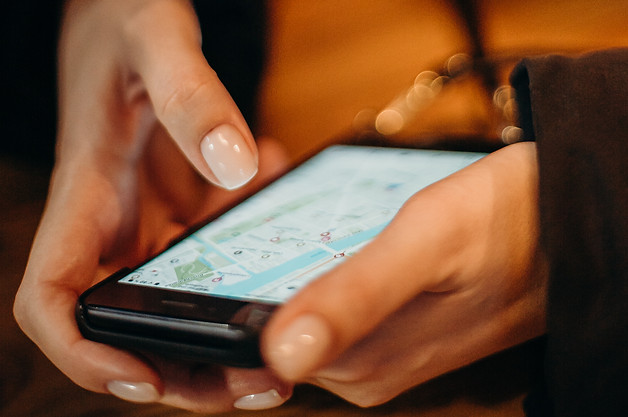GNSS Accuracy Improvement
The lion share of the papers written in the KCG lab deals with an accuracy improvement algorithm, both outdoor (GNSS) and Indoor (INS).
For urban canyon GNSS accuracy improvement, the KCG lab is a serious source of knowledge with serval patents in the field. Commercial GNSS devices tend to perform poorly in urban canyon environments. The dense and tall buildings block the signals from many of the satellites. In the KCG lab, we developed a particle filter algorithm for the Shadow Matching framework to face this problem.
Given a 3D city map and given the satellites’ signal properties, the algorithm calculates in real-time invalid regions inside the Region Of Interest (ROI). This approach reduces the ROI to a fraction of its original size. We present a general framework for Shadow Matching positioning algorithm based on a modified particle filter. Using simulation experiments we have shown that the suggested method can improve the accuracy of existing GNSS devices in urban regions. Moreover, the proposed algorithm can be efficiently extended to 3D positioning in a high sampling rate, inherently applicable for UAVs and Drones.


GNSS Signal Classification
Indoor navigation
GNSS signal classification to LOS (Line-Of-Sight) and NLOS ( Non-Line-of-Sight) signals is of great value for conventional ranging-based and Shadow Matching algorithms. The most common attribute for performing this classification is the signal strength. Alas, such classification is often insufficient, in particular, in urban environments. In this paper, we present a novel approach for LOS/NLOS classification utilizing supervised machine learning algorithms. Provided with a sufficiently large labeled training set, the proposed approach is able to predict with high certainty (> 85%) the satellites’ visibility status in dense urban regions. This achievement was possible due to the vast raw measurements supplied for the algorithm and using sophisticated feature-selection techniques.
An indoor positioning system is a system used to locate objects or people inside a building. Indoor positioning is an important capability for a wide range of applications including: location-based services, public safety (first responders), and autonomous robotics (indoor navigation).
In our lab, we develop indoor positioning systems that focus on positioning methods for existing mobile phones for the mass commercial market (COTS devices).
